Anthony Van Dyck
(1599-1641)
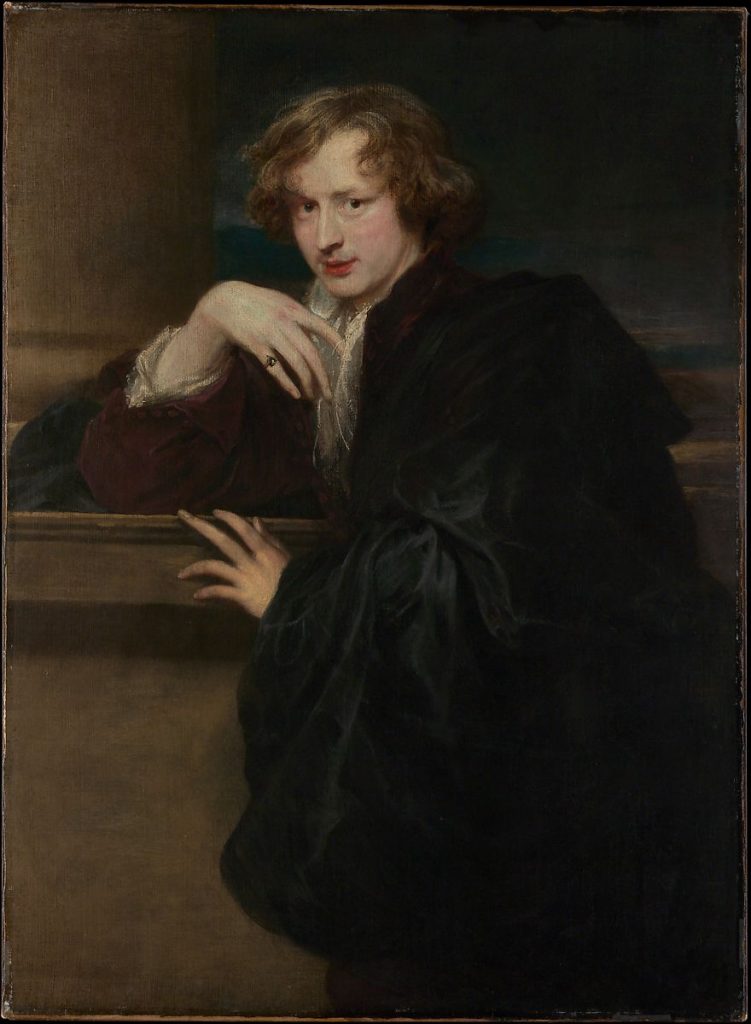
Anthony Van Dyck was a talented young painter along the same lines as Rubens, he was one of Rubens’s chief assistants. He lived from 1599-1641.
He was a master of texture and surface details, from garments to human flesh just like Rubens. But they differed in personality. Van Dyck was a moody character. His paintings had a way about them that always felt rather unhappy. This unhappy moody feeling did draw the attention of Kings and other royalty. He was taken on to be the court painter for Charles I. He was brought onto the court and dubbed Sir Anthony Van Dyck.
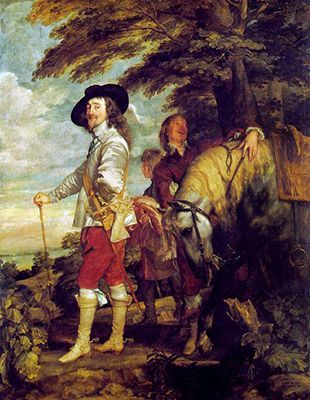
He would paint the royal family and recorded the nature and the portraits of the higher upper class. A very good representation is of Charles I beside his horse, he looks incredibly pompous and has an air of a king. He is elegant, is showing authority, and can be seen to be upper-class. Van Dyck portrays the king exactly how you would imagine a king would look when you think about one in this day and age. The way he painted the king made the rest of the upper-class society swoon after Van Dyck.
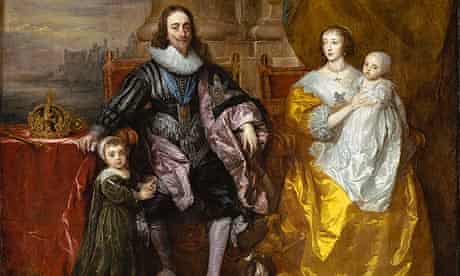
Due to the entire upper class wanting these paintings of themselves to show off their elegance and prudeness he was so overworked that he too had to hire on other people to help him paint. He has many assistants. They would paint everything but the face, and sometimes Anothny would not even paint the entire face but he did touch each photo. This did affect portrait painting in the long run but it is undeniable that he did paint some amazing portraits of the blue-bloods.
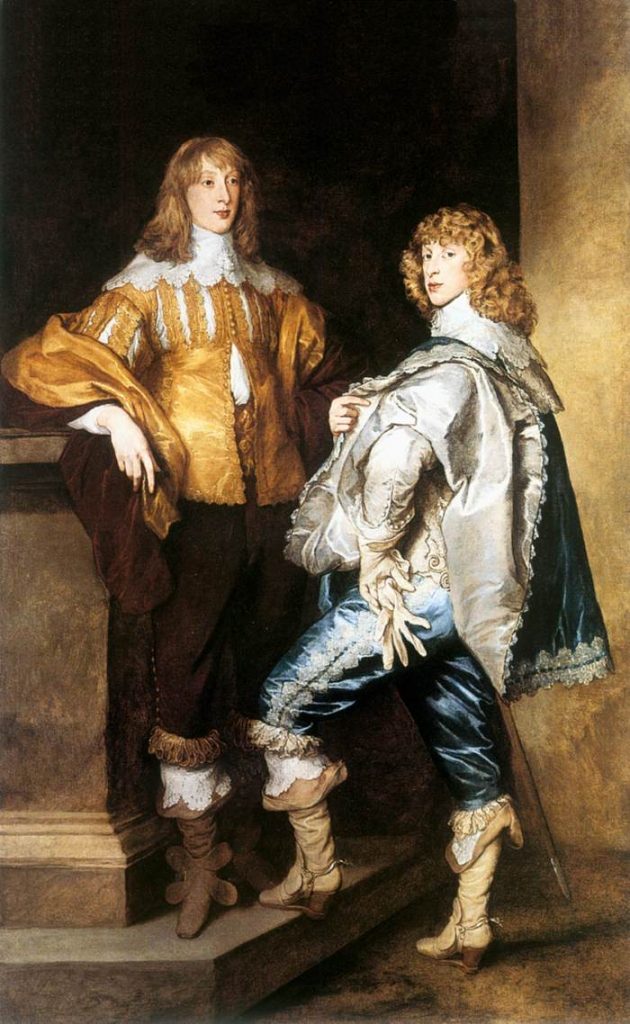
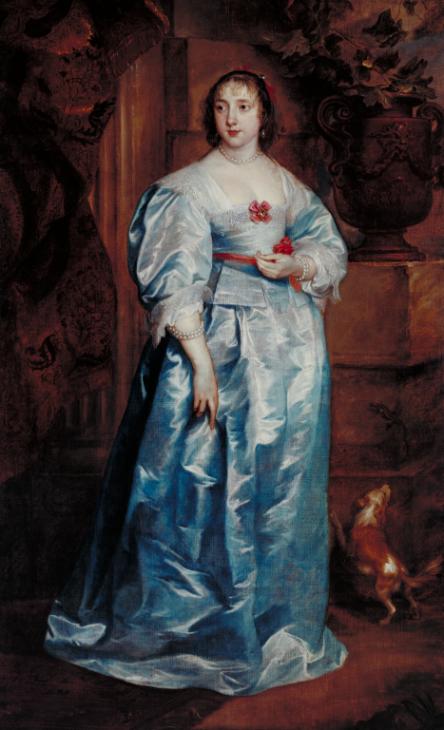
I really enjoy the way that Anthony Van Dyck paints his royal clients. His attention to detail on the clothing is pretty amazing. I also think that he captures the essence of his clients wonderfully. There is a feeling of elegance but for the main part it portrays the royalty that these people possessed, and it is as if you are looking at the paiting through the eyes of the client, as to how they would want to see themselves.
Reference:
Gombrich, E. H. (1966). The story of art. New York: Phaidon Publishers; distributed by Oxford University Press.
Dyck, Anthony Van. (2018). In Helicon (Ed.), The Hutchinson unabridged encyclopedia with atlas and weather guide. Helicon. Credo Reference: https://ezproxy.capilanou.ca/login?url=https://search.credoreference.com/content/entry/heliconhe/dyck_anthony_van/0?institutionId=6884
Photo Reference:
https://www.metmuseum.org/art/collection/search/436258
https://www.tate.org.uk/art/artists/sir-anthony-van-dyck-565
https://www.theartstory.org/artist/van-dyck-anthony/artworks/
https://www.theguardian.com/artanddesign/2009/feb/14/anthony-van-dyck-portrait-painting